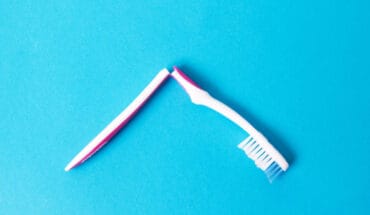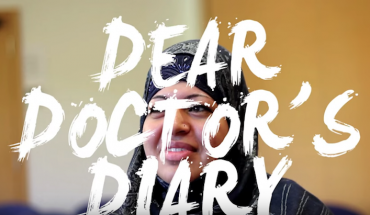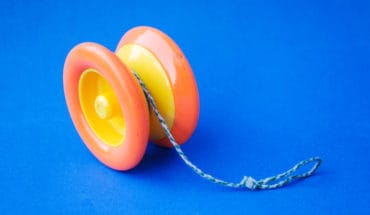What’s in your first aid kit? Although first aid has always been an important life skill, first aid at home is especially important now during the Covid-19 pandemic to help reduce strain on the NHS. James Reed of the British Red Cross discusses ways in which you can be prepared for injuries and accidents in the home.
You can choose what goes in your own first aid kit at home, but we would suggest that the following are important to have in all first aid kits:
A guidance leaflet on first aid
Having a leaflet providing general guidance on first aid will help you to remember what to do if you need to use your first aid skills and can act as a good source of basic information.
Individually wrapped sterile plasters
For those minor cuts and grazes, plasters are a great way of keeping the wound clean and covered. Plasters can lose their adhesiveness and sterility if they pass their expiry date, so make sure to check they are all in-date and replace any expired items.
Sterile eye pads
If you have something enter your eye, such as dirt or grit, an eye pad is a way of keeping the eye covered and minimising the risk of any injury becoming worse until you can seek medical attention. As with plasters, sterile eye pads have an expiry date which should be checked regularly.
Individually wrapped triangular bandages, preferably sterile
A triangular bandage can be used to make a sling to support an injured arm. Remember, any suspected broken bone or dislocation needs to be seen urgently in A&E or by calling 999. A triangular bandage can be used to reduce unnecessary movement of the injured arm.
Safety pins
Safety pins are versatile and can be useful to have in your first aid kit. They can be used to secure loose ends of bandages or to secure your triangular bandage into an arm sling.
Large and medium-sized sterile, individually wrapped, unmedicated wound dressings
For wounds that require something more than a plaster, a wound dressing is a good way of applying even pressure to stop or slow bleeding and reducing the risk of infection. Remember to check the expiry date, and if the bleed appears serious or the person begins to feel dizzy or unwell, call 999.
Disposable gloves
If you are providing first aid to someone other than yourself, you may choose to wear gloves to reduce the risk of cross-infection, especially if you are dealing with an open wound. It is best practice to ensure any gloves in your first aid kit are hypoallergenic.
You may choose to put other items in your home first aid kit. For example, 300mg of aspirin can be given to someone to chew slowly if you suspect they may be having a heart attack, provided they are not allergic to it. Always remember to check the dosage and instructions for use if you choose to use any medication.
Even if you do not have first aid items available in an emergency, here are some suggestions for other everyday items you can use:
Burns
If you don’t have water to cool the burn, use any cold, harmless liquid, such as juice, beer or milk, until you have access to cold running water to cool the burn for at least ten minutes. You can then cover the burn with cling film, a clean plastic carrier bag, a sandwich bag, freezer bag or similar, to stop infection.
Broken bones
An item of clothing or a blanket can be used to support a broken bone, or the injured person can hold the injured part themselves.
Bleeding heavily
An item of clothing or a tea towel can be used to apply pressure to a wound if you don’t have dressing pads available. Or even the person’s own hand can be used.
Head injury
A bag of frozen peas wrapped in a tea towel or clothing soaked in cold water and wrung out can be used to apply cold to a head injury, or even to a sprain or strain.
- Essential first aid kit for the home - 13th May 2020






